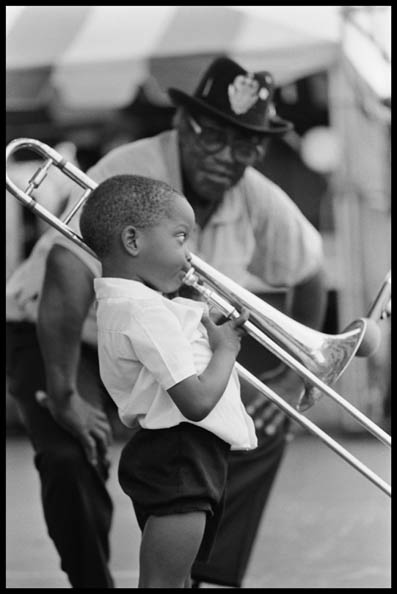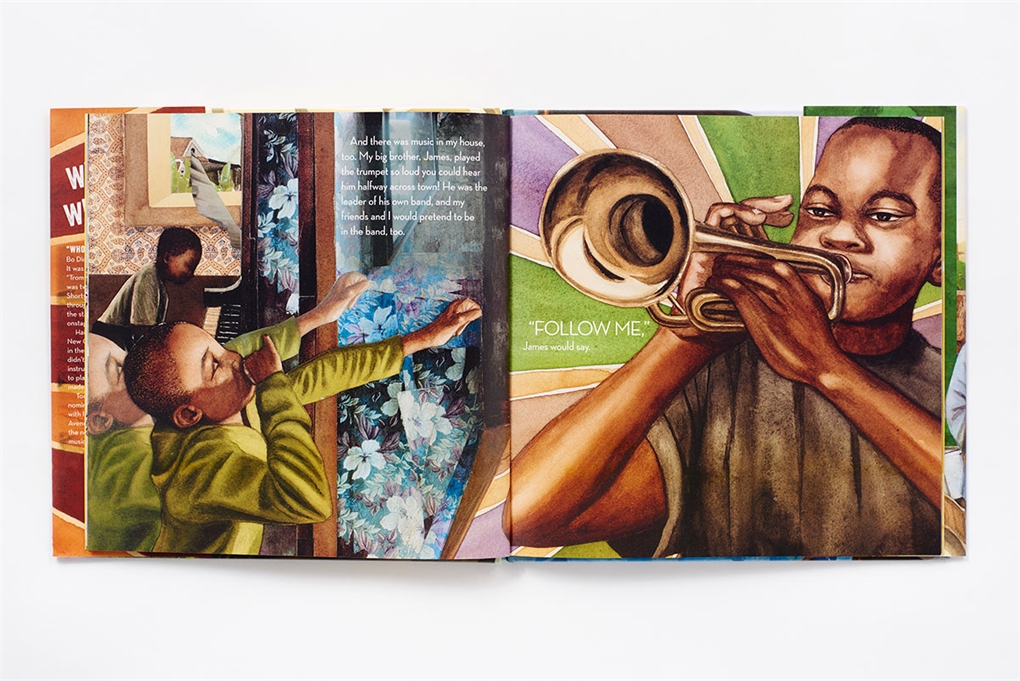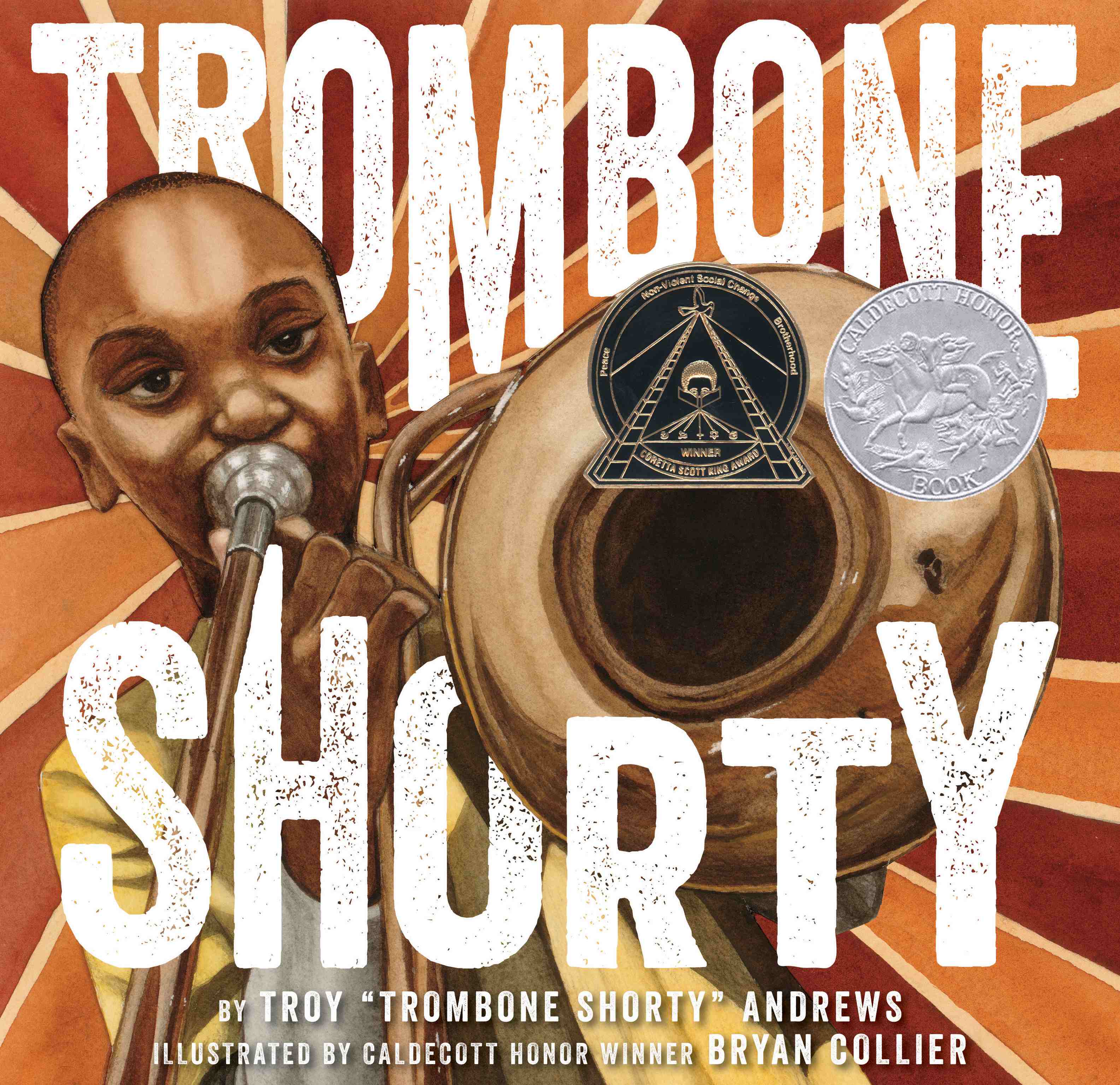


In onomatopoeic, rhyming text, Bolling encourages readers to dance in styles including folk dance, classical ballet, breakdancing, and line dancing. This well-told and exquisitely illustrated story of a musician with a steep career trajectory will inspire young readers to pursue their passions, despite the challenges.ĭancing is one of the most universal elements of cultures the world over. Employing his unmistakable mixed-media collage images, Collier portrays the story of this living legend with energy and style, making visible the swirling sounds of jazz. Trombone Shorty & Orleans Avenue, his band, tours the world, and Troy shares New Orleans music and culture through his foundation and music academy. An author’s note explains that Troy started a band at age 6 and joined Lenny Kravitz’s band at 19. Troy narrates: “I was so small that sometimes I fell right over…because it was so heavy.” (Despite Collier’s illustrations of young “Shorty,” nothing prepares readers for his size in the parade photograph in the backmatter.) When Bo Diddley hears him playing in the crowd at the New Orleans Jazz & Heritage Festival, the jazz great invites him to the stage. After finding a discarded trombone, the little boy teaches himself to play. Young Troy admires his big brother’s trumpet playing and makes music without instruments with his friends.

Troy “Trombone Shorty” Andrews relates how he grew up in Tremé in New Orleans, American’s oldest black neighborhood, where he heard music everywhere. An autobiographical tale of a young man who started making “musical gumbo” at age 4.


 0 kommentar(er)
0 kommentar(er)
